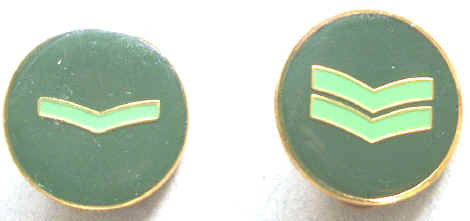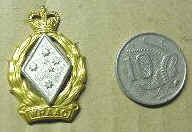 |
|
|||
|
|
||||
|
Australian Women's Army Service (AWAS) |
|
|
later called the Women's Royal Australian Army Corps |
|
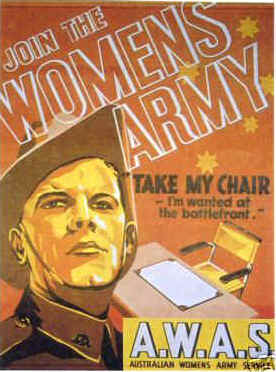 |
|
|
|
|
The formation of the Australian Women's Army Service (AWAS) was authorised by the government on 13 August 1941 to "release men from certain military duties for employment in fighting units." The AWAS was the only non-medical women's service to send personnel overseas during the war; in 1944 and 1945 AWAS served in both Dutch and Australian New Guinea. |
|
||||||||||
| Lae, New Guinea, 1945-05-07. Lieutenant-Colonel M.J. Spencer, Assistant Controller AWAS climbing the Jacob's ladder up the side of the MV Duntroon which bought a group of 342 AWAS from Australia. The AWAS will go to the AWAS barracks at Butibum Road. | 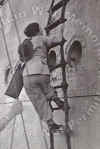 |
|||||||||
 |
Mareeba, QLD. 1945-02-26. Corporal J Daniel, (1), with Private J E Lovell, (2), and Pte J Collins, (3), at 3 AWAS Barracks. |
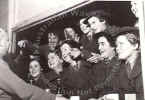
After lectures at 3.30 p.m. a rush is made on the canteen where tea and soft drinks are served. (negative by Bottomley). |
A 1941 report on AWAS It is expected that by the end of the year Australia will have 20,000 women in the uniform of the Australian women's army service. Already five thousand of these women are on the army strength and have been able to release an equivalent number of men for more active service in the field. Should the 20,000 objective be reached it will mean that an extra division of fighting troops will be available for service in the front line. |
| So far the women's army has
only been used for light duties on headquarter establishments where they
have been able to take over the work of clerks, orderlies, cooks,
waitresses and motor drivers.
Recently, however, some have been taken into the signals section of the army and it is expected that others will eventually be trained in the use of anti-aircraft equipments. The rapid progress made in the organisation of the AWAS, and the success that has crowned their work, is an indication that the women of Australia are gallantly taking their part in what is gradually becoming an "all-in national war effort". |
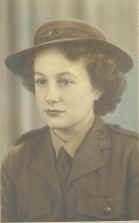 |
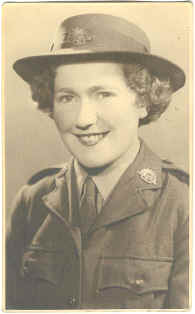 |
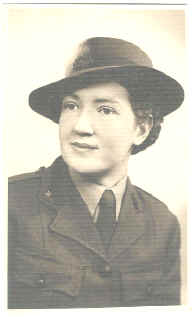 |
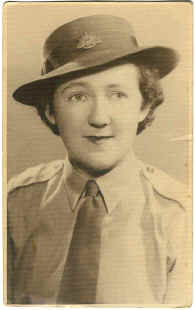 |
| 3 unidentified AWAS personnel. | ||
1950
25 March:
Lieutenant Colonel Kathleen Best, OBE., RRS., became the founding Director of the newly formed Women's Australian Army Corps. Lt-Col. Best, was born in Sydney in 1910, trained as a nurse, specialising in midwifery. When the Second World War broke out, she enlisted into the Army in 1940. As the youngest Matron, being sent to Greece, Palestine, Egypt and Ethiopia. After returning to Australia, her position was the appointment of Controller of the VAD's. When the service was re-organised, her position was as Controller of the AAMWS in June 1942. It was in 1944, Lt-Col. Best returned to civilian life. Then came the selection for Director of the newly formed WAAC. The position was accepted and held the rank of Lieutenant Colonel. 23 April:
1952
17 January:
Her Majesty, Queen Elizabeth, gave approval for the appointment of Her
Royal Highness, Princess Margaret, as Colonel-In-Chief of the WRAAC.
Surmounting the badge is
the Saint Edward's (Queen's) Crown. |
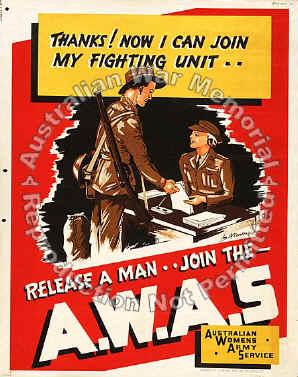
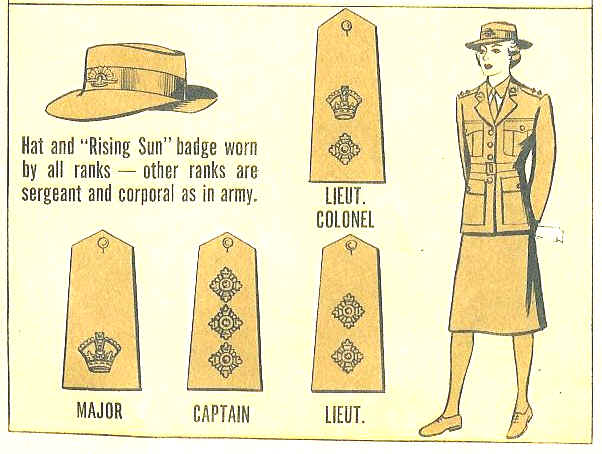

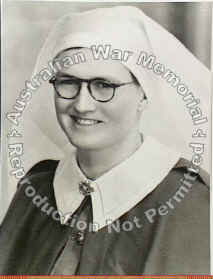
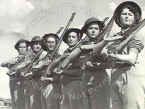
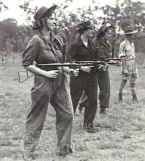

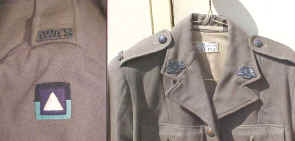
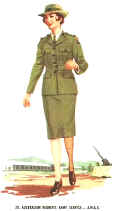
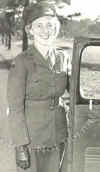
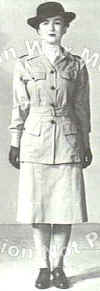
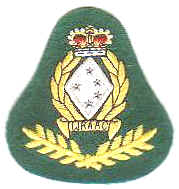
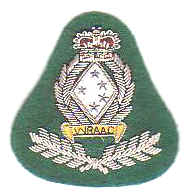
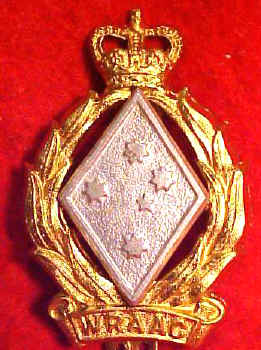
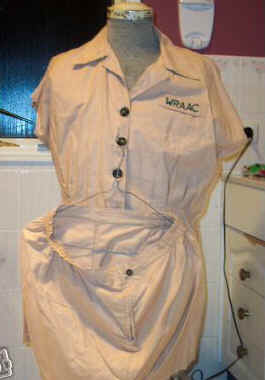
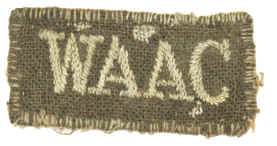 Shoulder title of WAAC
Shoulder title of WAAC